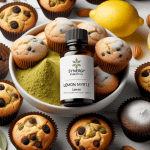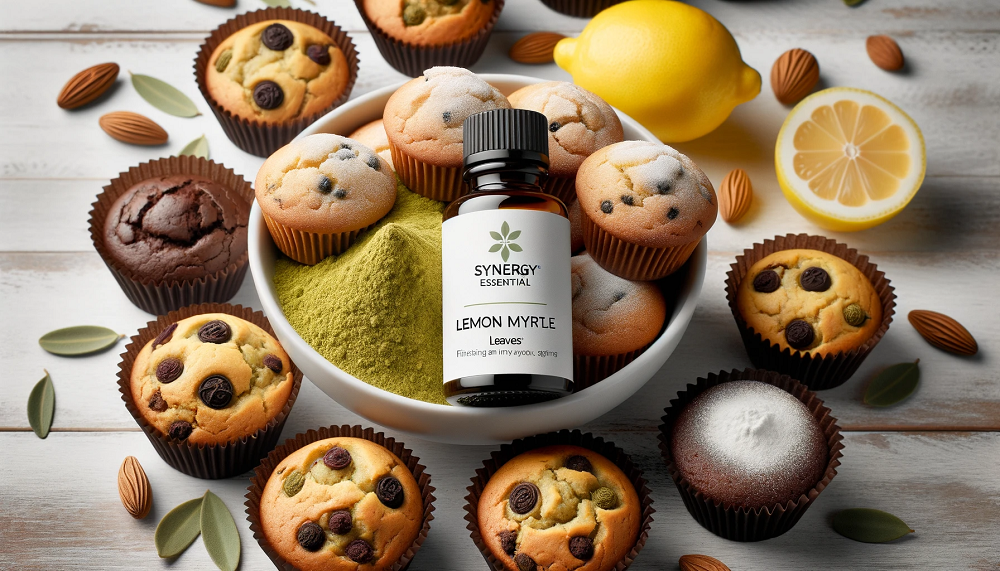- Kakadu plum is one of the richest natural sources of vitamin C, a key antioxidant for skin health.
- Antioxidants in Kakadu plum help combat oxidative stress linked to visible aging.
- Recent studies support its role in supporting collagen production and firmness.
- Available in powders, purees, and supplements for versatile use.
- Quality sourcing is crucial for maximum benefits and safety.
What It Is and Why It Matters Now
The Kakadu plum (Terminalia ferdinandiana) is a small green fruit native to Northern Australia, celebrated for having one of the highest recorded levels of natural vitamin C in any plant food. According to the CSIRO, it contains more than 50 times the vitamin C of oranges. This extraordinary antioxidant density has drawn global interest, particularly in 2025, as consumers seek plant-based, science-backed anti-aging solutions.
Oxidative stress – caused by an imbalance between free radicals and antioxidants – is increasingly discussed in dermatology research as a major factor in skin aging (NCBI).
Benefits and Evidence
Recent studies have examined Kakadu plum’s antioxidant profile, highlighting its potential in skin maintenance when part of a balanced diet or topical formulation. Research notes:
- High vitamin C content supports collagen synthesis, which contributes to skin firmness.
- Polyphenols and other phytochemicals may help protect skin cells from oxidative damage.
- Anti-inflammatory properties could aid in calming skin irritation.
However, evidence is still emerging. Laboratory findings do not always translate directly to visible results in every individual. The fruit itself is safe to consume in normal dietary amounts, but concentrated extracts or supplements may not be suitable for everyone, and sensitive individuals should consult their healthcare provider.
How to Use
Kakadu plum can be enjoyed in various ways. Common forms include whole fruit (in season), freeze-dried powder, puree, and skincare products. Here are some practical ideas:
- Add powder to smoothies for a tangy vitamin C boost.
- Mix puree into yogurt or porridge.
- Look for skincare serums containing Kakadu plum extract.
| Form | Common Use |
|---|---|
| Freeze-dried powder | Smoothies, baked goods, energy bars |
| Puree | Sauces, desserts, breakfast bowls |
| Capsules/tablets | Convenient supplementation |
| Topical extract | Face serums, creams |
Quality and Sourcing
Because nutrient levels can vary based on harvest timing, drying method, and storage, high-quality sourcing is essential.
At Synergy Essential, we prioritise:
- Partnering with Australian growers who practice sustainable harvesting.
- Testing for vitamin C content and antioxidant capacity.
- Ensuring no unnecessary additives are used.
FAQs
Is Kakadu plum better than other vitamin C sources?
It is exceptionally rich in vitamin C, but variety in fruit and vegetable intake is still recommended.
Can I use Kakadu plum on my skin directly?
Fresh fruit is very acidic; topical use is best through formulated skincare products.
Is it safe for daily use?
Most people tolerate dietary amounts well. For supplements, follow label guidance.
Does it reverse wrinkles?
No single food can reverse aging; antioxidants help protect skin, which may slow visible signs over time.
Where can I find it?
Health food stores, online suppliers, and skincare brands may carry Kakadu plum products.
Disclaimer
This article is for informational purposes only and is not medical advice. Always consult a qualified healthcare professional before making changes to your diet, supplement, or skincare routine.
Conclusion
Kakadu plum’s extraordinary antioxidant content, especially vitamin C, makes it an exciting ingredient for supporting skin health as part of a balanced lifestyle. While more research will refine our understanding, its role in anti-aging strategies is gaining attention in 2025. For more wellness insights, visit the Synergy Essential Blog.

